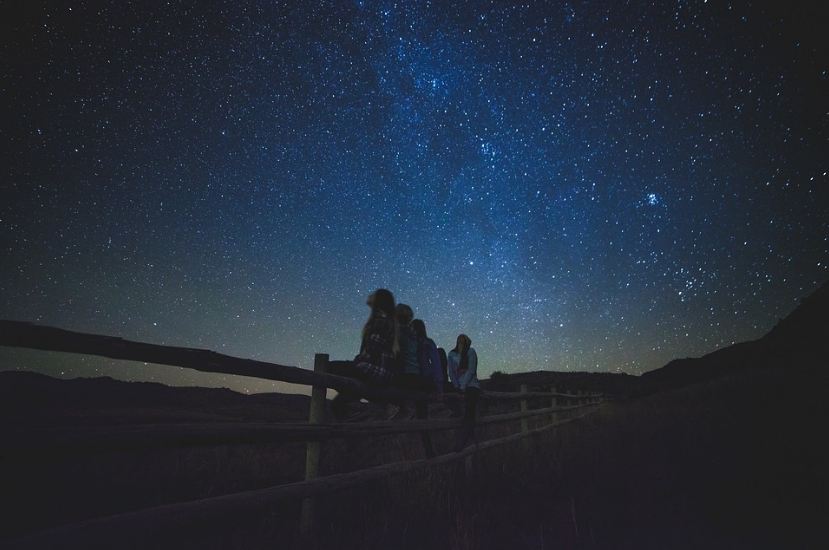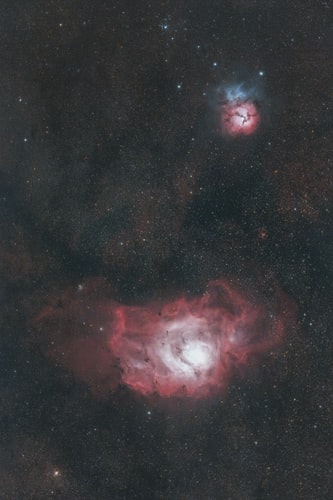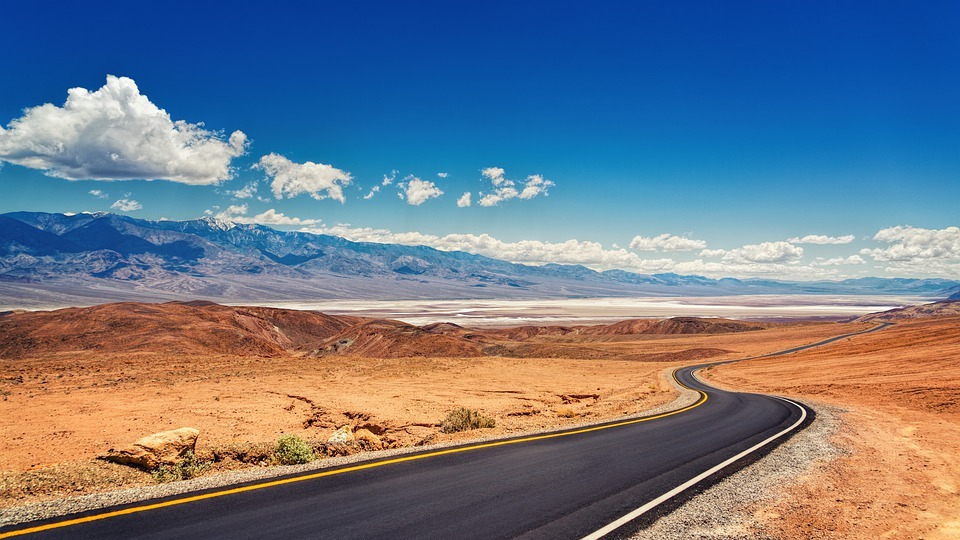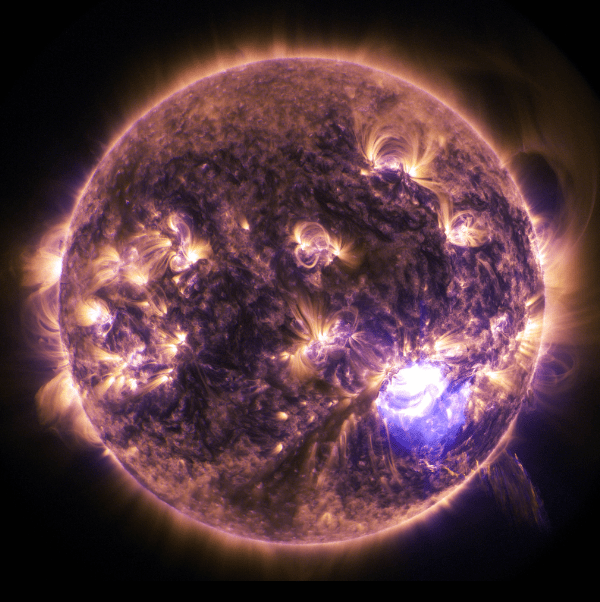Texas Stargazing Hotspots: Where the Stars Shine Bright
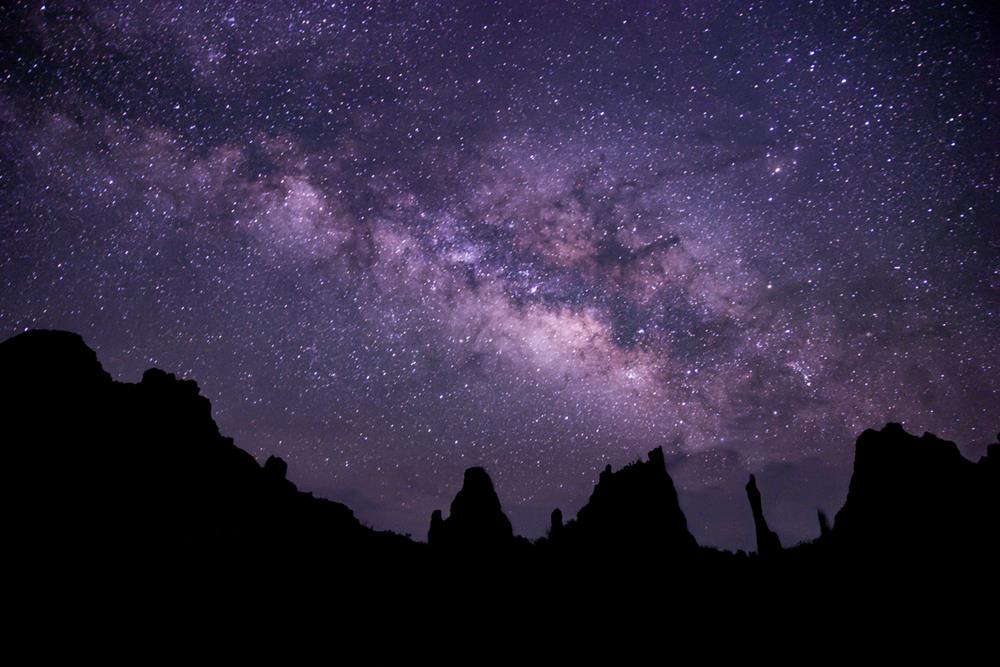
Texas offers exceptional stargazing experiences at the Greater Big Bend International Dark Sky Reserve, the largest of its kind. You'll find several designated Dark Sky Communities, including Wimberley Valley, where strict lighting ordinances reveal spectacular night skies.
The McDonald Observatory provides world-class telescope viewing, while state parks like Copper Breaks and Enchanted Rock host ranger-led programs. Community star parties throughout the state bring the cosmos closer for beginners and enthusiasts alike.
The Greater Big Bend International Dark Sky Reserve: North America's Stargazing Crown Jewel
https://www.youtube.com/watch?v=UYH2kaBWKaE
A wilderness of darkness stretches across the Chihuahuan Desert, creating an International Dark Sky Reserve of about 15,000 square miles (~9.6 million acres) in West Texas. This astronomical treasure showcases nature's celestial display with minimal light-pollution interference.
You'll find yourself immersed in pristine darkness where the Milky Way dominates the night sky. The reserve centers on lands surrounding Big Bend National Park and Big Bend Ranch State Park, while adjacent protected areas across the Rio Grande in northern Mexico complement the effort through cross-border conservation partnerships. This diverse landscape preserves rich human history spanning thousands of years of adaptation to the rugged desert environment.
This regional collaboration prioritizes habitat conservation, safeguarding delicate "sky island" ecosystems and nocturnal wildlife. At its heart, the McDonald Observatory conducts world-class research, benefiting from some of Earth's darkest skies. Nearby communities maintain dark-sky-friendly lighting, helping this remarkable resource remain intact for scientists and stargazers alike.
Dark Sky Communities: Towns Where Night Skies Take Priority
View this post on Instagram
Perched atop Mount Locke in the Davis Mountains stands the McDonald Observatory, a premier astronomical research facility and crown jewel of Texas stargazing. Established through banker William Johnson McDonald's bequest and operated for decades in partnership with the University of Chicago, it is now part of The University of Texas at Austin. You'll find world-class telescopes here, including the historic 82-inch Otto Struve (once the second-largest in the world) and the Hobby-Eberly Telescope, used in projects like HETDEX. The observatory sits at roughly 6,790 feet above sea level, offering superb conditions. Don't miss the public star parties, where you can experience West Texas's legendary skies through research-grade instruments. Education staff run tours and workshops that bring the universe closer to learners of all ages. The magic of Texas stargazing requires thoughtful timing and preparation. Autumn, particularly October, often brings clearer skies and better transparency. Winter can deliver exceptionally crisp views of Orion and Taurus during family-friendly evening hours. For Milky Way enthusiasts, late spring through summer showcase the galactic core; you'll simply be up later. Plan around the lunar cycle—new-moon periods maximize darkness—and watch for regional high-pressure systems that often yield clear nights. Consider basing in Fort Davis, Alpine, or Terlingua for easy access to dark sites and observatory programs. For optimal results, align your trip with meteor showers or conjunctions, and bring a red-light headlamp to preserve night vision. While Texas dazzles the naked eye, capturing it elevates the experience. Big Bend National Park and Enchanted Rock offer superb conditions thanks to their dark-sky designations. Schedule shoots near the new moon, and use tools like PhotoPills to plan compositions. A sturdy tripod, fast wide-angle lens, and (if you have one) a tracking mount help for long exposures. Scout locations by day to identify compelling foregrounds—boulders, yucca, windmills, or adobe ruins. The Trans-Pecos provides vast horizons for unobstructed Milky Way arcs, while the Hill Country adds dramatic silhouettes. Remember a remote shutter (or 2-sec timer), extra batteries, and that red light to keep your eyes dark-adapted. Curiosity lights up the Texas night through family-friendly star parties and astronomy gatherings. The Texas Star Party at Prude Ranch near Fort Davis typically takes place each spring under Bortle Class 2 skies, drawing amateurs of all ages. For approachable options, the George Observatory at Brazos Bend State Park hosts public viewing nights, and the San Antonio Astronomical Association frequently holds star parties at Guadalupe River State Park and other sites—great for first-timers. Texas Parks & Wildlife offers programs like Full-Moon Hikes and Sun-print activities, making astronomy hands-on and welcoming. Across Texas, communities protect starry heritage through dark-sky lighting ordinances and practical guidance: fully shielded fixtures, warm-color LEDs, and light only where/when needed. Hill Country cities such as Dripping Springs and Wimberley Valley enforce standards that reduce glare, save energy, and improve night visibility. In far West Texas, counties surrounding the McDonald Observatory—including Jeff Davis, Brewster, and Presidio—have adopted outdoor-lighting rules to limit skyglow near the telescopes. While enforcement and county authority vary across the state, these initiatives help ensure that visitors and residents can still experience truly dark skies.Texas State Parks That Embrace the Darkness
McDonald Observatory: West Texas's Astronomical Treasure
Planning Your Texas Stargazing Trip: Best Times and Conditions
Astrophotography in the Lone Star State: Tips and Prime Locations
Family-Friendly Star Parties and Educational Events
How Local Lighting Ordinances Are Preserving Texas Night Skies

